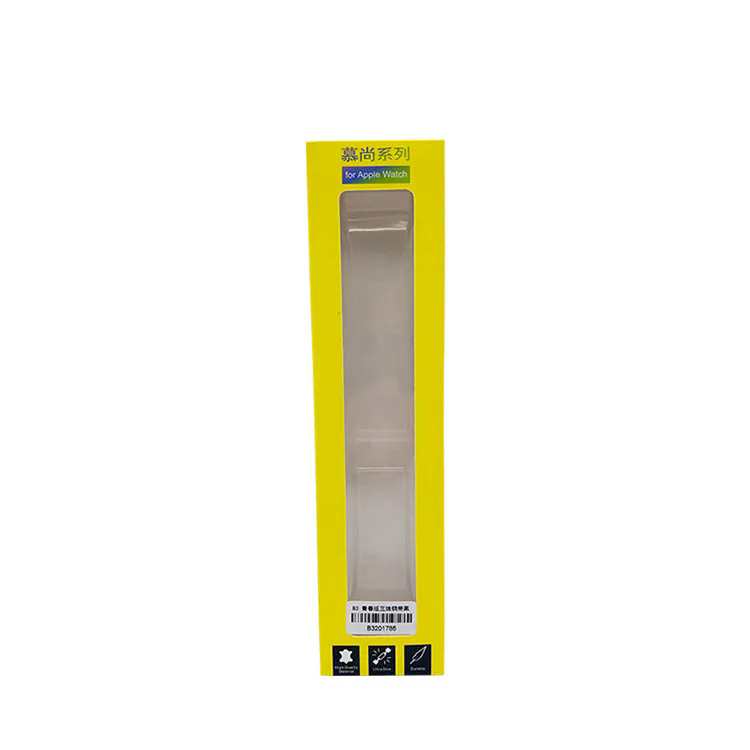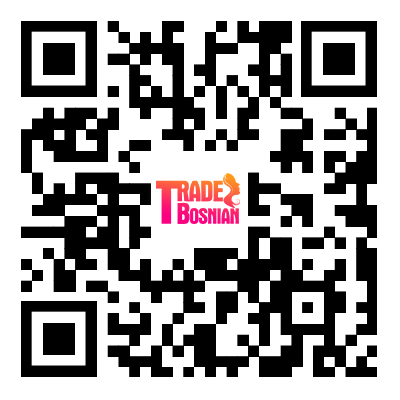Key Aspects of 3C Digital Packaging
2024-07-31
3C digital packaging refers to packaging solutions tailored for the 3C industry, which stands for Computers, Communications, and Consumer Electronics. This packaging is designed to meet the specific needs of products within these categories, focusing on protection, presentation, and functionality.
Key Aspects of 3C Digital Packaging
1. Protection
- Shock Absorption: Materials like foam inserts, bubble wrap, or air cushions are used to protect electronic components from impact and vibrations during shipping and handling.
- Static Protection: Anti-static packaging materials, such as anti-static bags or conductive foam, protect sensitive electronic components from electrostatic discharge (ESD).
- Weather Resistance: Packaging often includes moisture-resistant and tamper-evident features to protect against environmental conditions and unauthorized access.
2. Functionality
- Easy Access: Packaging designs may include features like easy-open tabs or compartments to allow users to access products quickly without excessive handling or tool use.
- Modularity: For products like computer components or peripherals, packaging may be modular to accommodate various configurations and sizes.
- Reusable Options: Some packaging solutions are designed for reuse, adding value by providing a secondary use for storage or organization.
3. Presentation
- Branding and Graphics: High-quality graphics and branding elements are used to attract consumers, convey product information, and enhance the visual appeal of the packaging.
- Informative Labeling: Clear labeling with product details, instructions, and regulatory information ensures consumers understand the product’s features and usage.
- Interactive Elements: Some packaging includes interactive features like QR codes or augmented reality (AR) elements to engage customers and provide additional information.
4. Sustainability
- Eco-Friendly Materials: There is a growing emphasis on using recyclable, biodegradable, or compostable materials to minimize environmental impact.
- Minimalist Design: Reducing packaging size and material use helps lower waste and resource consumption.
5. Compliance
- Regulatory Standards: Packaging must meet various industry regulations and standards for safety, labeling, and environmental impact.
- Certification: Compliance with certifications such as RoHS (Restriction of Hazardous Substances) and WEEE (Waste Electrical and Electronic Equipment) is important for electronics packaging.
6. Technological Integration
- Smart Packaging: Incorporating technologies like RFID tags or IoT sensors for tracking and authentication.
- Temperature Control: For sensitive electronics or high-value items, temperature-controlled packaging may be used to ensure stability during transit.
Examples of 3C Digital Packaging
1. Smartphone Packaging
- Custom Foam Inserts: To hold the device securely and prevent movement.
- Branding: High-resolution images and logos on the box.
- Accessory Compartments: Separate sections for chargers, cables, and manuals.
2. Computer Components
- Anti-Static Bags: Protecting components like CPUs or GPUs from ESD.
- Plastic Clamshells: For clear visibility and protection.
- Instructional Manuals: Included within the packaging for installation and use guidance.
3. Consumer Electronics
- Retail Boxes: Featuring vibrant graphics and product information.
- Recyclable Materials: Cardboard or paper-based packaging that is eco-friendly.
- Interactive Packaging: AR features that demonstrate the product’s capabilities.
Summary
3C digital packaging is tailored to protect, present, and function for products in the computers, communications, and consumer electronics sectors. It combines elements of protection, functionality, presentation, and sustainability to ensure products are delivered safely, attractively, and in compliance with industry standards. By incorporating innovative features and materials, 3C digital packaging enhances the overall consumer experience and supports brand value.



